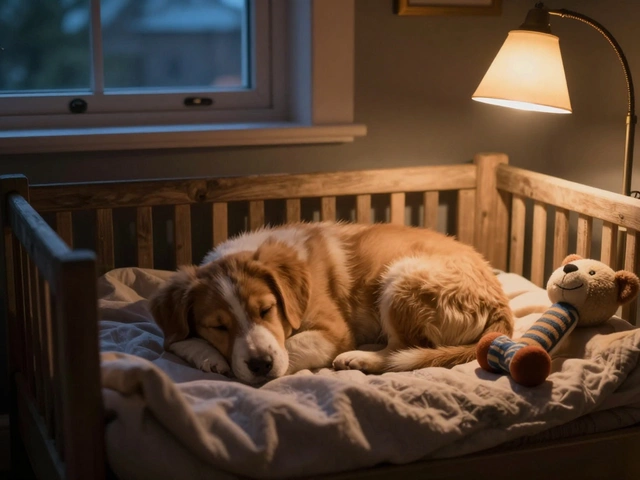DIY Dog Training: Simple Ways to Teach Your Dog at Home
Training your dog doesn’t have to mean pricey classes or endless trips to the groomer. With a few everyday tools and a bit of patience, you can teach basic commands, curb bad habits, and build a stronger bond right from your living room. The key is keeping sessions short, fun, and consistent. Below you’ll find the core ideas that work for most dogs, no matter their age or breed.
Why DIY Training Works
When you train at home, you control the environment. You can pick a quiet spot, use treats your pup loves, and repeat the same cues every time. This consistency helps dogs understand exactly what you expect. Also, you get instant feedback – you see the response, adjust the cue, and move on. No waiting for a trainer’s schedule.
Another plus is cost. A clicker, a bag of small treats, and a sturdy leash are all you need. These items are cheap and reusable, so you save money while still giving your dog quality instruction.
Easy Steps to Get Started
1. Choose one command. Start with something simple like “Sit.” Say the word, gently guide the dog into the position, then reward immediately. Do this five times a day, a few minutes each session.
2. Add a hand signal. Dogs respond well to visual cues. Pair the spoken word with a raised palm. Over time, they’ll obey the word alone.
3. Keep treats tiny. A pea‑sized piece keeps calories low and lets you give many rewards without overfeeding. If your dog loves a particular toy, use play as a reward instead.
4. Practice in different spots. Once your pup sits reliably in the kitchen, move to the porch, then the backyard. This teaches them the command in any setting.
5. Build up difficulty. Add “Stay” after “Sit.” Ask for a one‑second hold, reward, then extend the time slowly. Patience is key; if they break, start over at the last successful step.
Remember to end each session on a positive note. If your dog gets frustrated, stop and try again later. Short, upbeat sessions keep them eager to learn.
Beyond basic commands, DIY training can handle real‑world problems. For barking, identify the trigger, then use a “Quiet” cue paired with a treat when they stop. For leash pulling, stop walking the moment the leash tugs, let them come back to your side, then resume. Consistency turns these small moments into lasting habits.
Finally, track progress. A quick notebook entry – date, command, success rate – helps you see improvement and spot patterns. Seeing that your dog finally holds a “Stay” for 30 seconds feels rewarding and motivates you to keep going.
DIY dog training isn’t magic; it’s steady, everyday effort. With the simple steps above, you’ll notice better behavior, fewer mishaps, and a happier pup. Give it a try, stay patient, and enjoy the journey together.

How to Train Your Dog Yourself: A Simple Guide
Training your dog on your own can be a rewarding journey, allowing you to bond with your furry friend while instilling good behavior. Start with the basics such as sit, stay, and come, and gradually move to more complex commands. Consistency, patience, and plenty of rewards are key to successful training. Learn the tools of positive reinforcement and discover fun tricks to add to your pup's repertoire. With the right approach, you'll help your dog become a well-mannered and happy member of the family.
read more



